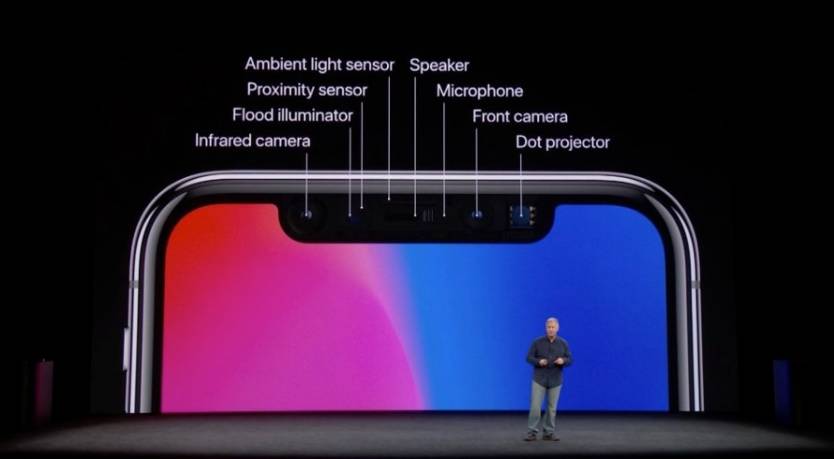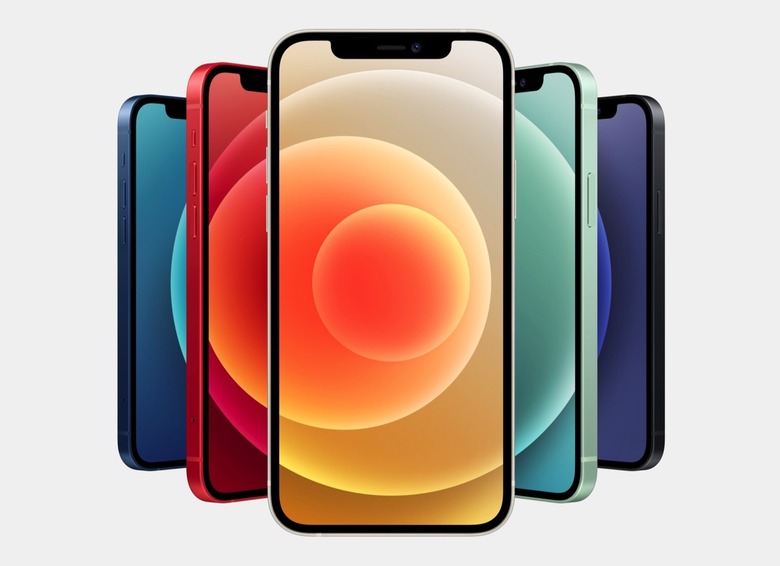Top Apple Insider Leaks Groundbreaking 2023 iPhone Feature That Has Never Been Seen Before
The iPhone X's notch brought a brand new iPhone design and cemented the idea that smartphone vendors would soon be able to manufacture the perfect all-screen smartphone. The iPhone notch has a clear purpose, and it's a design compromise Apple can't do without. The partial bezel houses the Face ID components that make possible 3D face recognition, a feature not available on that many Android phones. Also included in the notch are the selfie cam and the speaker. Android vendors quickly adopted the notch design during most of 2018 without replicating the sophisticated and expensive Face ID functionality. Then they moved to different all-screen designs that feature different types of camera compromises. The most popular smartphone design in the Android ecosystem is the hole-punch display, which features a tiny camera hole piercing through the screen. Smartphone makers are working on tech that would make under-display cameras possible.
This year's iPhone 13 models are widely expected to feature a smaller notch. The Face ID bezel won't be as wide as the current version, as the front speaker is moving to the top side of the thin bezel that surrounds the screen. A respected leaker claims that Apple will ditch the notch entirely in just two years, giving fans the most exciting iPhone notch rumor so far.
Apple is already rumored to launch an iPhone SE variation in the future that would feature a hole-punch display, like the screens seen on current Android devices. But analyst Ming-Chi Kuo now claims that Apple has a bolder design plan for the 2023 iPhones. According to a new note to customers that MacRumors got a hold of, the Face ID system is going under the screen. The 2023 iPhones, which we're going to call iPhone 15 for the time being, will also introduce a new periscope lens that would enable better zoom capabilities. Several Android smartphones already feature periscope cameras, including the Galaxy S21 Ultra that launched earlier this year.
Kuo said in a previous report that the same iPhone 15 will feature an under-display fingerprint sensor, which is another technology that's been widely used on Android to offer secure authentication. Only a handful of Android vendors ever attempted replicating Face ID, including Huawei, LG, and Google, so most of them retained the fingerprint sensor while going for all-screen designs. Apple has patents for various technologies that can be used for under-display fingerprint sensors and some predate Face ID. But Apple never used the tech, or it has been waiting for it to mature. Some reports say this year's iPhone might include a Touch ID sensor under the screen, but we're yet to see any meaningful confirmations.

iPhone X notch houses Face ID cameras and sensors, the selfie camera, and the speaker.
Should Kuo's predictions come true, the iPhone 15 could feature two different authentication methods, both placed under the display. It's unclear how many of the iPhone 15 versions coming in 2023 would feature both Face ID and Touch ID.
Placing the Face ID camera system under the screen is the kind of upgrade we've been waiting for from Apple. Using 3D face authentication trumps fingerprint sensors in most cases, and it's more secure. Having the system beam lasers through the functional pixels of a screen and then read that information through the same pixels would be a massive achievement. It also sounds like an expensive upgrade.
It's also unclear whether Apple would also place the selfie camera under the screen as well come this rumored Face ID upgrade for the 2023 iPhones. If that were the case, the iPhone 15 would indeed feature the perfect all-screen smartphone design we've always wanted.
Various other players in the industry are working with under-display camera tech. ZTE launched the world's first such device last fall, and other Chinese smartphone makers have shown functional concepts in previous years. Samsung announced its own under panel camera (UPC) tech for OLED screens made for laptops in early 2021, and the Galaxy Z Fold 3 is rumored to feature a UPC camera.
